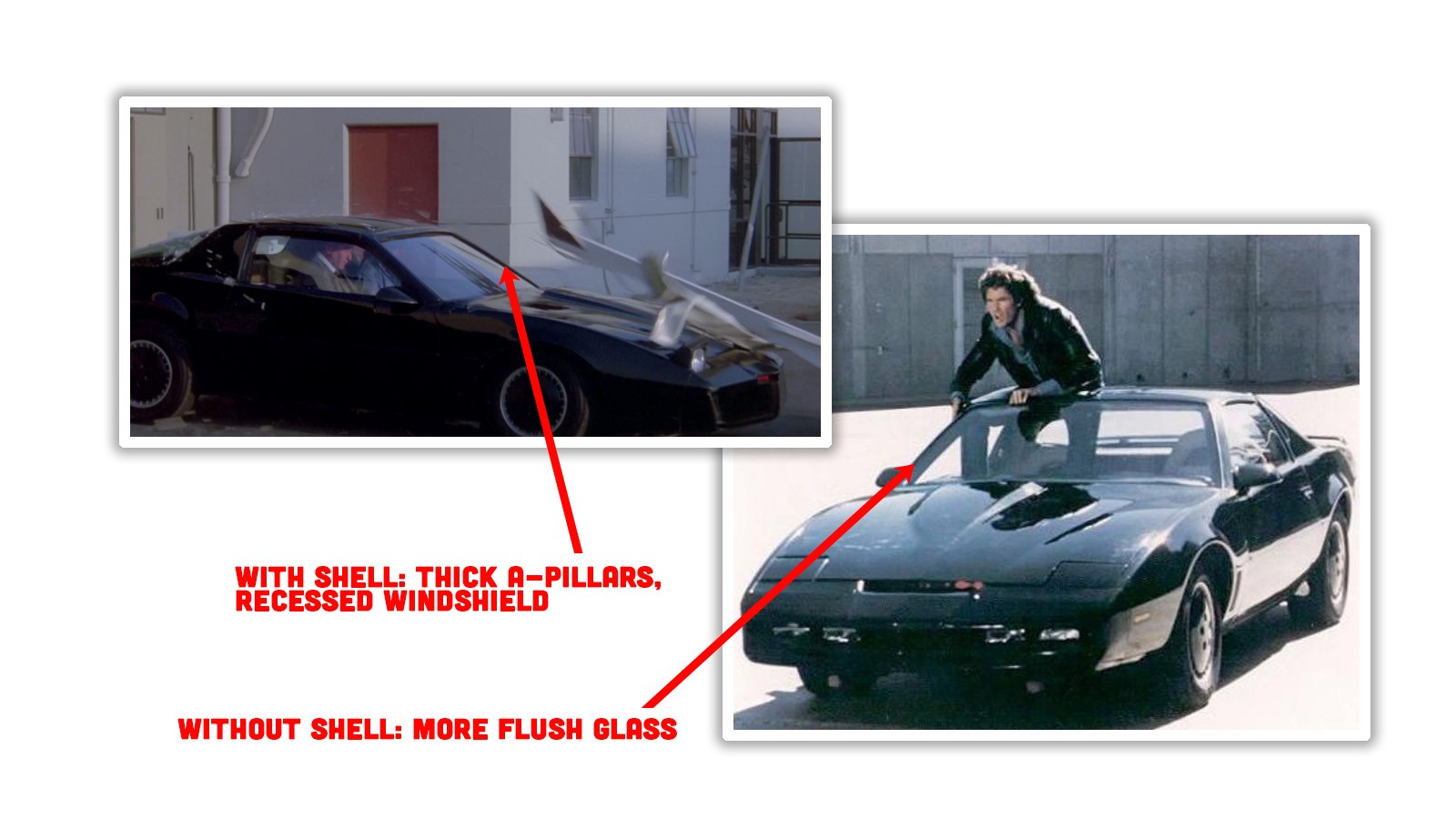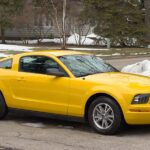Knight Rider, the iconic 1980s television series, captivated audiences worldwide with its futuristic premise and, most notably, its star car, KITT. This talking, self-driving vehicle was more than just a mode of transport; it was a character in its own right. But what exactly was the car that played KITT? The answer, while seemingly straightforward, has some fascinating layers that go beyond just the make and model.
For those who might need a quick refresher, Knight Rider centered around Michael Knight, played by David Hasselhoff, and his virtually indestructible, artificially intelligent car, KITT (Knight Industries Two Thousand). The show was known for its action-packed sequences, and KITT was often involved in stunts and situations that would leave most vehicles wrecked. This raises a practical question: how did the show manage to keep KITT looking pristine week after week?
The secret, it turns out, was a clever and surprisingly simple solution: a rubber shell. To protect the hero car during filming, especially during scenes where KITT needed to appear to withstand damage, the production team employed a full rubber body shell that would fit over the actual car. This ingenious idea allowed for dynamic action shots without risking serious damage to the اصلی vehicle.
This rubber shell wasn’t a later addition; it was part of the plan from the beginning, even appearing in pre-pilot footage used to pitch the show. Eagle-eyed viewers of older Knight Rider episodes can identify when KITT is sporting the rubber shell by observing the A-pillars. The telltale sign is that the windshield glass appears more recessed due to the thickness of the rubber overlay.
Initially, the rubber shell was a complete mold of the car. However, as the Pontiac Trans Am, the base vehicle for KITT, received a front-end update shortly after the show premiered, the shell was modified. Instead of creating a new shell, the existing one had its face cut off to match the updated Trans Am look. This modification became more visually apparent, especially when viewed in high definition.
While the use of a rubber shell was a practical solution for protecting the main KITT car, it also paved the way for another fascinating aspect of KITT’s vehicular identity: the “Flivver.” For stunts that were particularly demanding, involving jumps and potentially destructive landings, the production team needed a vehicle that was more robust, lighter, and expendable than the Pontiac Trans Am. Replacing Trans Ams or their parts after every major stunt was simply not feasible.
The answer lay in a readily available and highly adaptable vehicle of the era: the Volkswagen Beetle. Southern California in the 1980s was a hotbed for Beetle-based dune buggies and sand rails. These vehicles were known for their durability, ability to handle jumps and rough landings, and the easy availability and affordability of their parts.
Thus, the “Flivver” was born. It was essentially a custom-built, tube-framed VW sand rail engineered to match the dimensions of a Pontiac Trans Am, crucially designed to accommodate the rubber body shells used for KITT. This allowed the stunt team to use the familiar KITT body even for extreme stunts, while the vulnerable Trans Ams remained safe.
Examining the Flivver reveals its Volkswagen Beetle origins. The distinct VW double torsion-beam front axle is visible, and the air-cooled VW engine sits at the rear. Interestingly, some Flivver versions even featured a periscope-like air intake, adding to its unique and purposeful design.
So, to answer the question “What Car Was Kitt In Knight Rider?”, the initial and most recognizable answer is the Pontiac Trans Am. However, the story is richer than that. KITT was also a car protected by a rubber shell and, for the most daring stunts, a Volkswagen Beetle-based buggy cleverly disguised as the iconic talking car. This behind-the-scenes ingenuity is part of what makes the legend of Knight Rider and KITT so enduringly fascinating.

